Explore the exhibition
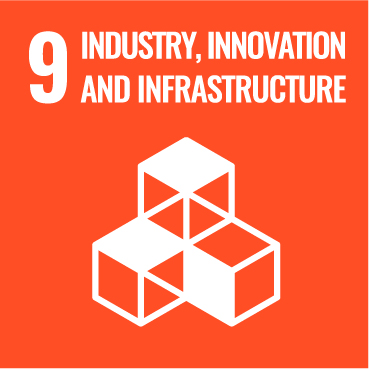
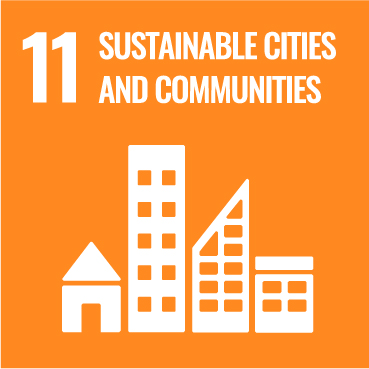


Glass in architecture II
Allied against climate change
Glass in architecture II
Allied against climate change
Architecture should form part of the solution to environmental challenges such as the reduction of CO2 emissions and energy-saving. The increasing use of glass surfaces is based on the evolution of energy-efficient glazings, capable of reducing heat gains and losses and protecting against UVA rays.
Equipping European buildings with high-performance glazing could imply a 30% saving in energy consumption in 2030 in comparison with today: equivalent to 95 million tons of CO2 a year.
Glazings could make an even greater contribution to achieving a carbonneutral EU in 2050, thanks to new products such as electrochromic glasses or integrated photovoltaics. These glasses enable windows to adapt dynamically to sunlight conditions.
Another technology that improves energy efficiency is insulating glazings with a vacuum chamber, which consists of filling the space between two window panes with a noble gas, such as argon, to reduce the transmission of heat and sound.
Energy consumption of a home in Seville
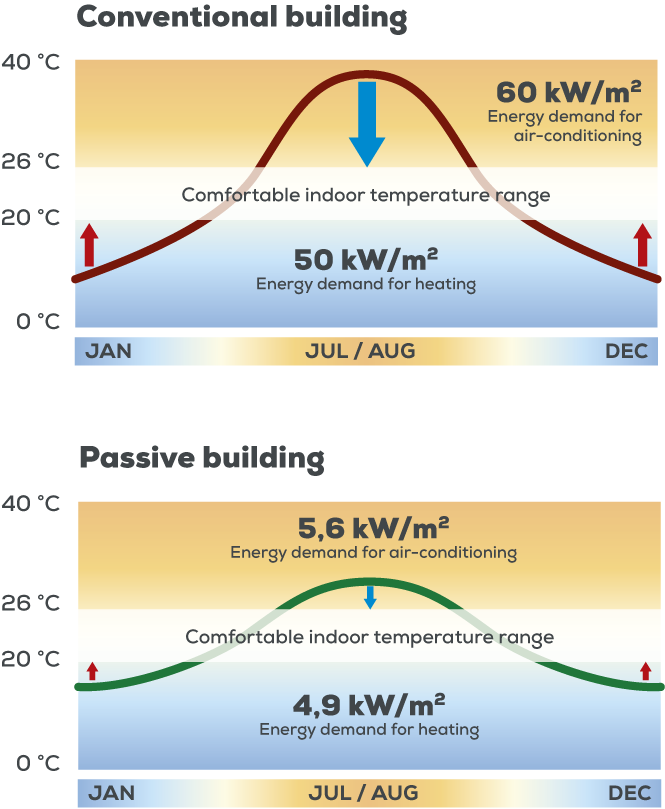
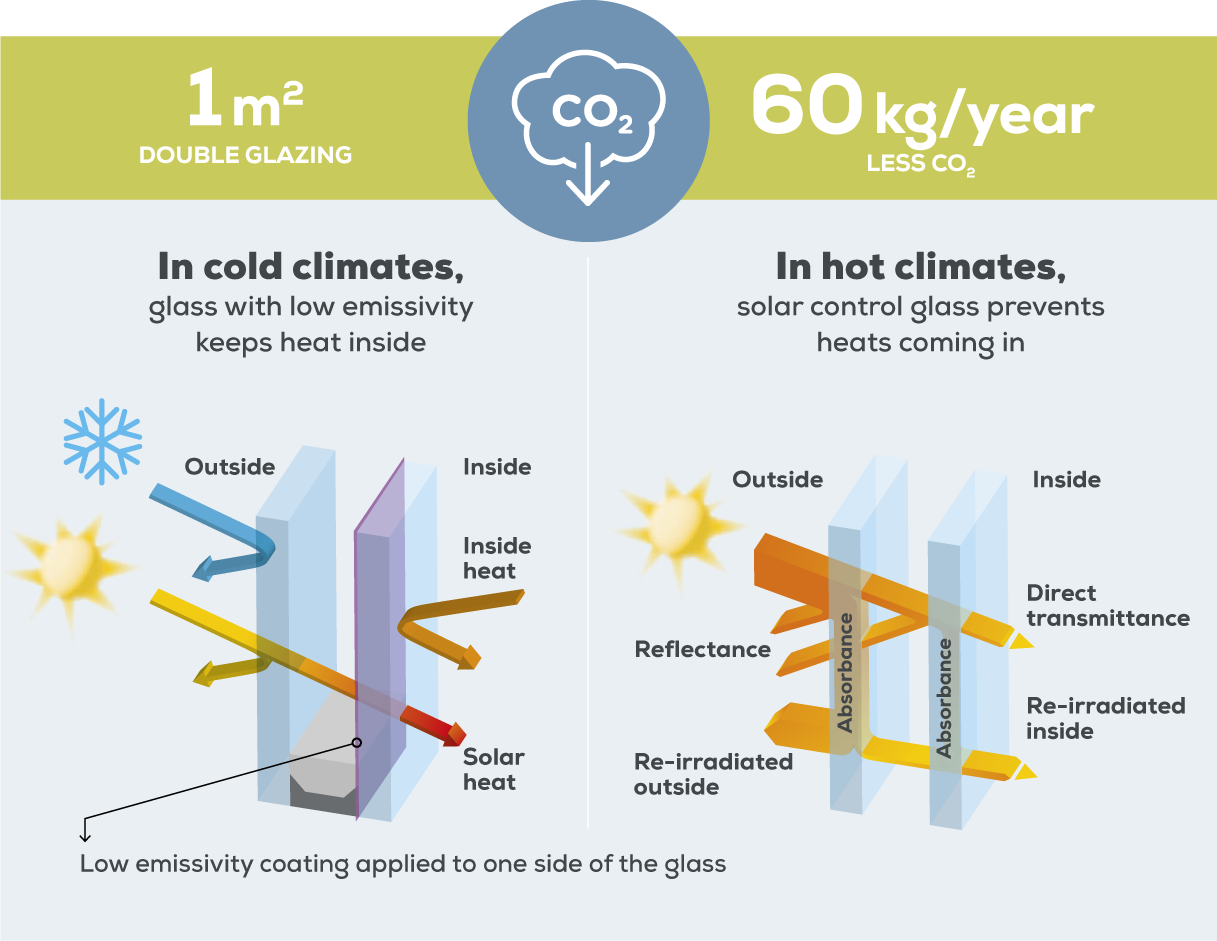
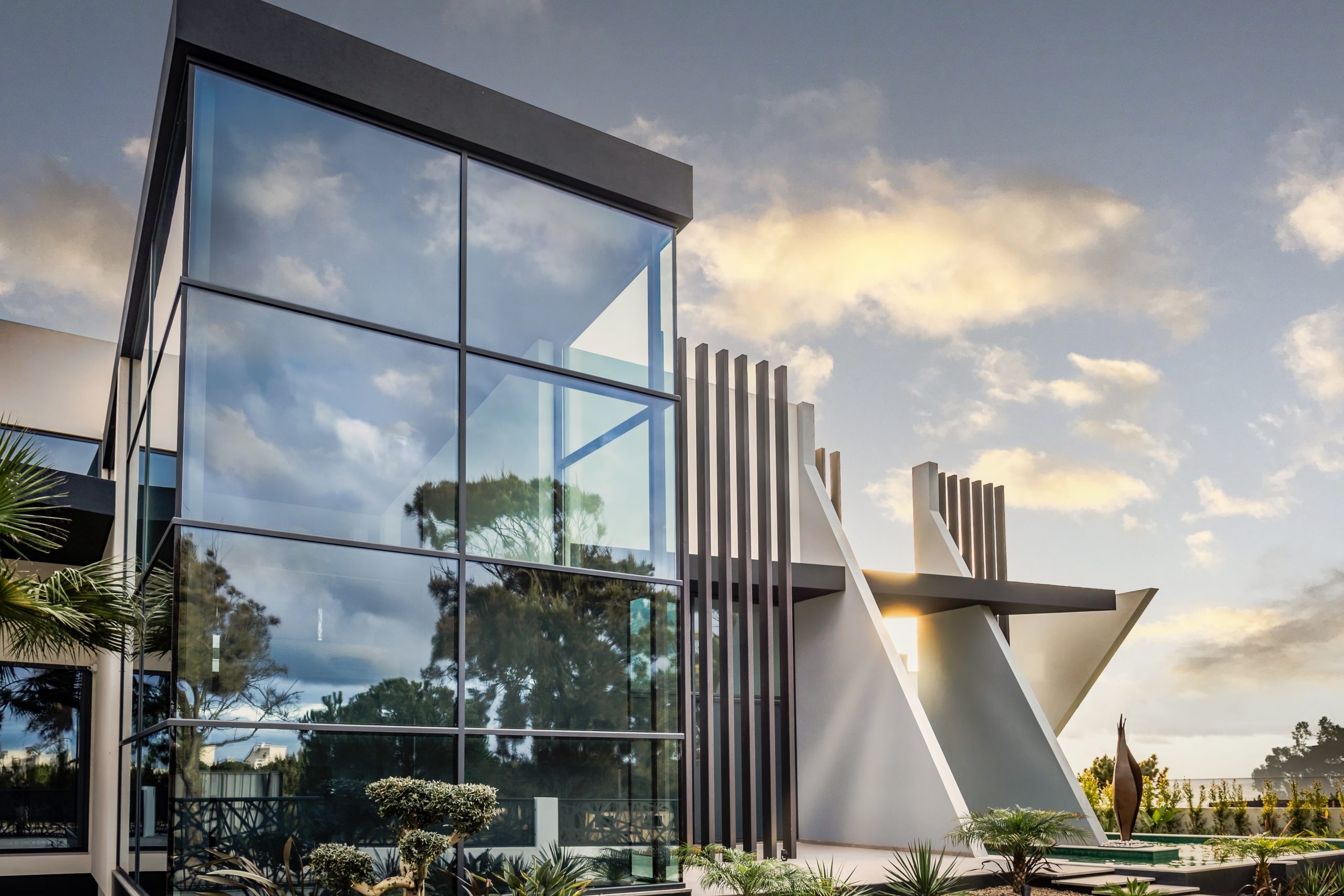
Energy-saving
During their useful life energy-saving glass products, such as double glazing, mineral wool and glass foam for insulation, more than make up for the energy consumption used to produce them. For example, replacing one square metre of single pane windows with double glazing saves 60 kg of CO2 emissions a year, thanks to thermal insulation, as against the 25 kg of emissions produced in its manufacture.
La arquitectura debe formar parte de la solución a retos ambientales como la reducción de las emisiones de CO2 y el ahorro energético. El creciente uso de superficies acristaladas se apoya en la evolución de los acristalamientos energéticamente eficientes, capaces de reducir las ganancias y pérdidas de calor y de proteger contra los rayos UVA.
Equipar los edificios europeos con acristalamientos de alto rendimiento puede suponer en 2030 un ahorro del 30% con respecto al consumo energético actual: el equivalente a la emisión de 95 millones de toneladas de CO2 al año.
La contribución de los acristalamientos para lograr una UE neutra en carbono en 2050 podría ser incluso mayor gracias a nuevos productos como los vidrios electrocrómicos o los fotovoltaicos integrados. Estos vidrios hacen posible que las ventanas se adapten de forma dinámica a las condiciones de la luz solar.
Otra tecnología que mejora la eficiencia energética es el acristalamiento aislante con cámara de vacío, que consiste en llenar el espacio entre las dos hojas de una ventana con un gas noble, como el argón, para reducir la transmisión de calor y de sonido.


Energy-saving
During their useful life energy-saving glass products, such as double glazing, mineral wool and glass foam for insulation, more than make up for the energy consumption used to produce them. For example, replacing one square metre of single pane windows with double glazing saves 60 kg of CO2 emissions a year, thanks to thermal insulation, as against the 25 kg of emissions produced in its manufacture.
Energy consumption of a home in Seville




